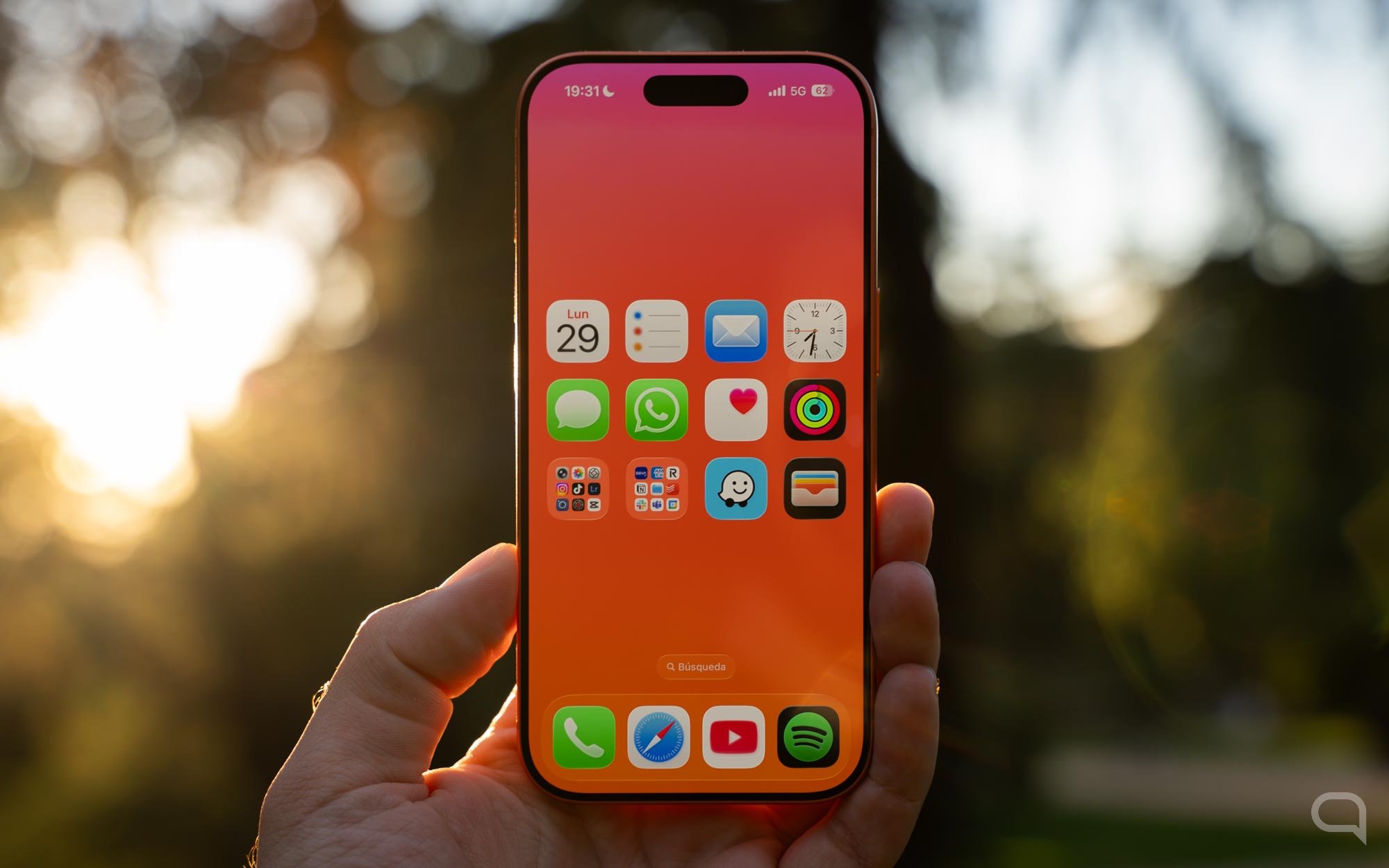The development and use of artificial intelligence platforms has a serious problem: they consume huge amounts of electricity, and projections indicate that their consumption will be even higher in the future. Analytical firm Statista indicates that in 2022, electricity consumption in data centers used for artificial intelligence applications was 460 terawatt-hours, and this figure is projected to be between 620 and 1,050 terawatt-hours in 2026. For reference: US electricity consumption in 2022. amounted to 4082 terawatt-hours; That is, by 2026, data centers powered by platforms like ChatGPT or Copilot could consume a quarter of the electricity consumed by a first world country like the United States. This is a huge problem for which companies like Microsoft are proposing solutions as radical as starting to build small nuclear power plants.
For example, Bill Gates is one of the main investors in Helion, a startup seeking to generate electricity through nuclear fusion. The company aims to generate electrical power using a fuel known as helium-3, a molecule that is scarce on Earth but abundant on the Moon. “I know it can produce electricity, but the real question is whether we can turn that energy into electricity at a low cost,” explains CEO David Kirtley. Washington Post.
Despite its optimism, the scientific community remains skeptical about the possibility that methods like the one used with helium will be able to generate cheap electricity in less than a decade.
“Predictions of commercial fusion electricity before 2030 or 2035 are just talk,” he says. Washington Post John Holdren, a Harvard physicist who served as an energy adviser in the Obama administration. “We haven’t even seen progress where the fusion reaction generates more energy than these complexes require,” he notes.
Electricity for AI or for humans
Part of the problem is that even with the push to produce cheap and safe electricity from nuclear sources, meeting energy demand in the short term invariably requires polluters. In short, this means that many coal plants that should be closed are still operating and will continue to operate.
For example, in Ohama, the opening of Google and Meta data centers meant that a coal plant that was supposed to close in 2022 continued to operate until at least 2026.
In Pennsylvania, Amazon has caused a stir after it signed a contract to buy more than a third of the electricity generated by one of the largest nuclear plants in the U.S., the Susquehanna Complex in Luzerne County. “The problem is that when you have a data center that requires a significant portion of the power generated by a nuclear plant, you have to replace that power in another way,” he says. Washington Post Aaron Zubaty, Clean Energy Project Specialist.
“This is quickly becoming a major problem, like securing the power plant you need and then worrying about climate issues,” Zubaty concludes.
Source: Digital Trends
I am Garth Carter and I work at Gadget Onus. I have specialized in writing for the Hot News section, focusing on topics that are trending and highly relevant to readers. My passion is to present news stories accurately, in an engaging manner that captures the attention of my audience.












